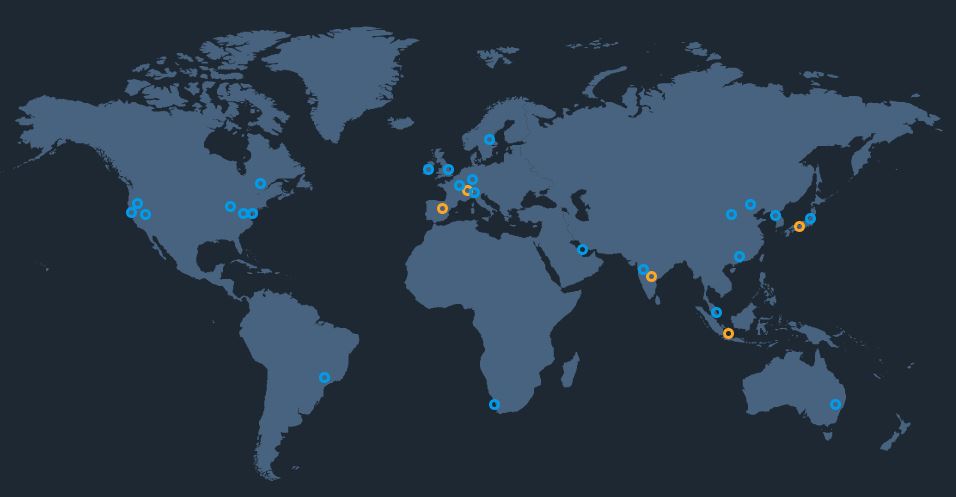
As said in the introduction area, Amazon CloudFront is a web service that speeds up the distribution of static and dynamic web content. Such content includes HTML, PHP, CSS, and images to the other users. CloudFront is able to deliver content through worldwide data centers known as edge locations.
As a user, when you make a content request that has been served with CloudFront, you are routed to the edge location which offers the lowest latency. This is done with the view of ensuring that content is delivered to you with the best possible performance.
What is CloudFront?
Despite the introduction as well as the overview, it is still very necessary that we look at what CloudFront is in a descriptive way. In this segment, we are going to look at CloudFront by definition and also see if we can look at some other things about the same as well.
The description of CloudFront is not so different from what we have stated above. This is a web service that speeds up the distribution of your dynamic as well as static content like js and image files to your users. The service delivers your content through a worldwide network of data centers commonly known as the edge locations.
When you request content that you are serving with CloudFront, you are routed to the edge location which in turn provides the lowest latency. This means that whatever content you are looking for is delivered to you within the shortest period of time possible together with the best performance.
If the content you are looking for is already in the edge location with the lowest latency, CloudFront Review will deliver it to you right away. If by any chance your content is not on the edge location, CloudFront will retrieve it for you from a defined origin like the amazon s3 bucket.
A good example is when you are serving an image from let’s say a traditional web server and not from CloudFront. In this case, you might serve an image with the use of a URL. Here, your users can easily navigate to this URL and see the image.
However, what these users will not know is that there was a rerouting of their request from one network to the other. This is always made possible through a complex of interconnected networks that comprises the internet until the image was found.
CloudFront in general speeds up the distribution of your content through rerouting each user request by the AWS backbone network to the edge location which can best serve your content. Typically, it is this CloudFront edge server that provides the fastest delivery to the viewer.
The use of the AWS network dramatically lowers the number of networks that a user’s request passes through hence improving and increasing performance. As a user, you get lower latency which is the time that it takes to load your file first byte, and higher rates in data transfers.
Other than that, you also get increased reliability as well as availability which is made possible thanks to the copies of your files which are known as objects. These objects are now held in multiple edge locations located around the globe.
Setting up CloudFront in content delivery
Setting up a CloudFront content delivery is not a very complicated task just in case you want to try out this process and you are worried about the process. All you have to do is come up with a CloudFront distribution to tell CloudFront Review where you intend to have your content delivered from as well as the relevant details that regard tracking and managing the content delivery.
From this, CloudFront will use computers as well as edge servers that are close to your viewers to deliver the content as fast as possible when someone intends to use it.






